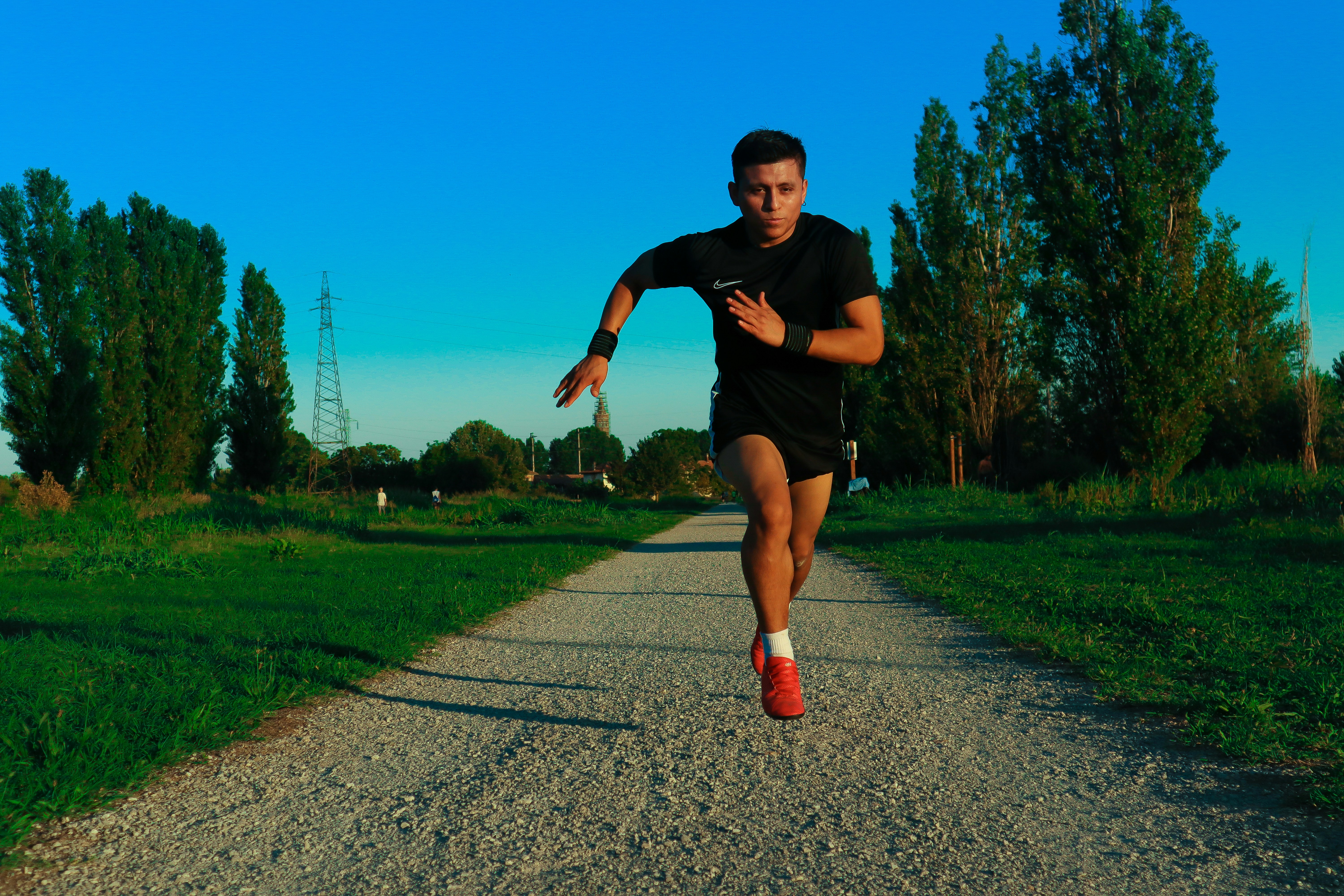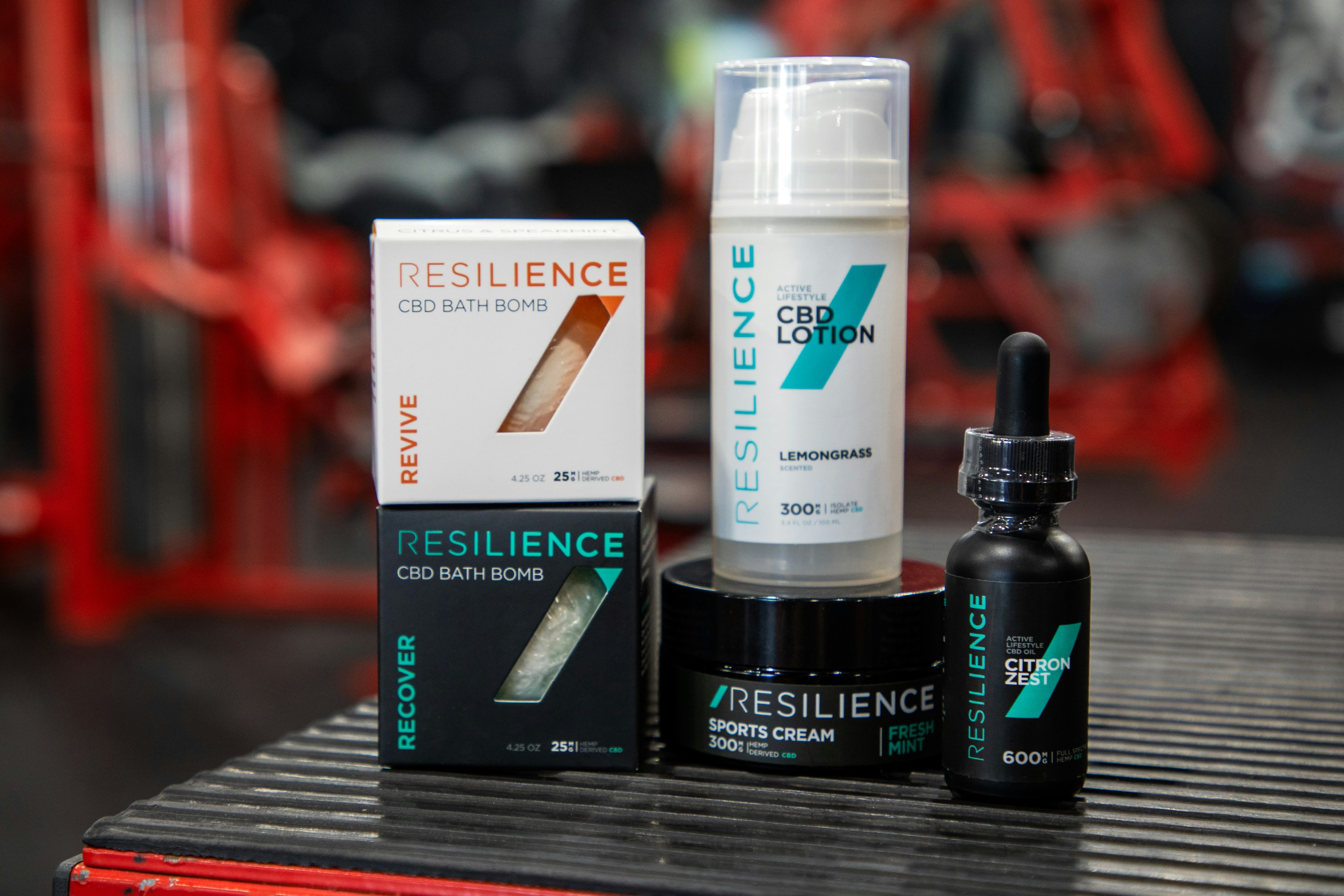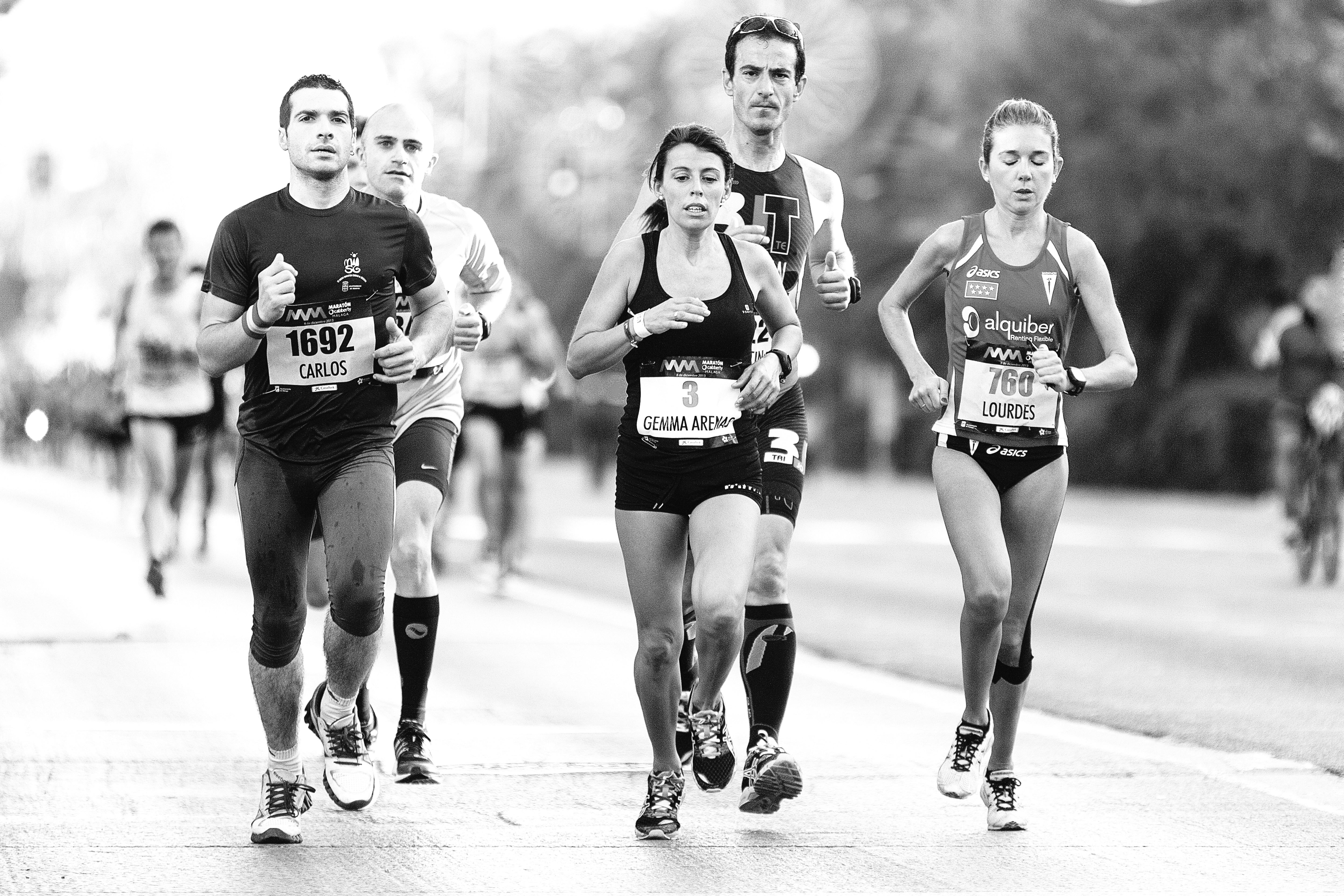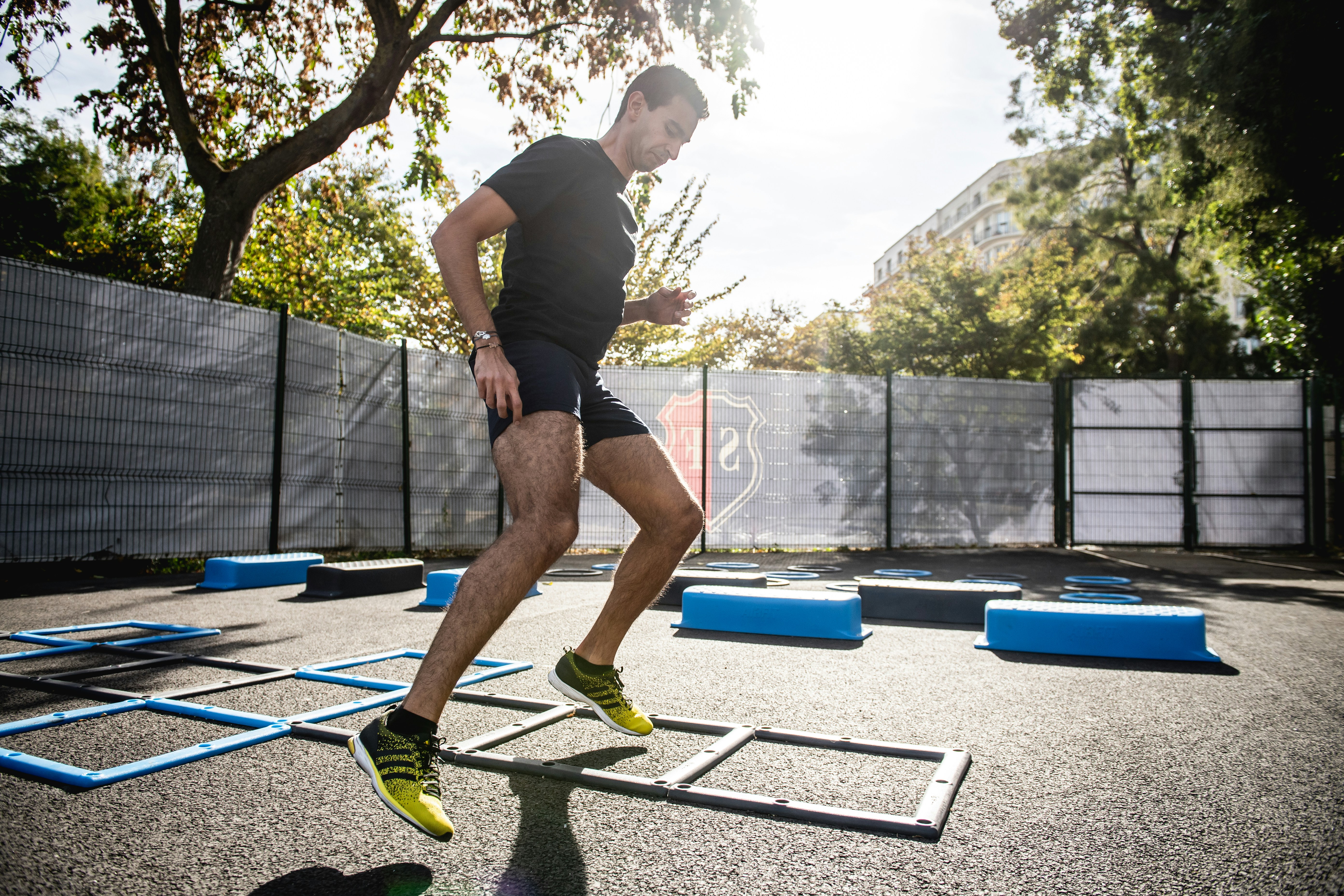Biofeedback Fitness: Optimize Workouts with Your Body's Signals
Have you ever wondered how to get the most out of your workouts? Imagine being able to tune into your body’s signs—its cues about what’s working and what isn’t. This is the heart of biofeedback fitness: a revolutionary approach that allows you to customize your workouts based on the signals your body sends you. By embracing this personalized method, you can significantly enhance your fitness journey, improving both results and enjoyment. Let's dive into how biofeedback can transform every aspect of your workouts and wellness.
Understanding Biofeedback Fitness
Biofeedback fitness leverages real-time information about your physiological responses during exercise. By using biofeedback devices, such as heart rate monitors, breath rate sensors, or even wearable technology like smartwatches, you can get insights into your body’s performance metrics. This allows you to adjust your workout in real-time, ultimately leading to efficiently targeted results.
The Science Behind Biofeedback
Understanding the science behind biofeedback is essential. At its core, biofeedback aims to make you more aware of your body’s involuntary functions—like heart rate, muscle tension, and even brain waves. This practice is rooted in psychology and physiology, with research showing that greater awareness can improve control over physical states. According to a study published in the International Journal of Behavioral Medicine, individuals engaging with biofeedback see increased success in managing stress, improving physical performance, and even cultivating mental resilience.
The Technology of Biofeedback
From heart rate variability monitors to EMG sensors that measure muscle response, biofeedback technology has become increasingly sophisticated. Devices like the Fitbit and various smartwatches can provide applicable insights: tracking metrics like calories burned, resting heart rate, and even recovery times. More advanced options include EEG headsets that monitor brain activity and biofeedback apps that analyze your performance, giving you the edge needed in your fitness journey.
The Benefits of Biofeedback Fitness
Incorporating biofeedback into your workouts isn’t just about numbers; it's about enhancing the entire workout experience. Here are some compelling benefits of this personalized approach:
Enhanced Performance and Recovery
By receiving immediate feedback, you can optimize your workout intensity and duration based on how your body feels. For instance, if your heart rate shows you're pushing too hard, you can adjust your intensity to ensure you're working efficiently rather than exhaustively. This not only helps you achieve better performance in the moment but also leads to faster and more effective recovery post-workout.
Injury Prevention
Understanding your body is also key to preventing injury. Biofeedback can alert you to poor posture or improper movements that may lead to strain. Listening to these cues allows you to make adjustments that protect against injury, keeping you on track with your fitness goals.
Greater Motivation and Adherence
Personalizing your workouts in this way enhances motivation. When you see real-time progress—be it in heart rate recovery, calorie burn, or improved strength—you are more likely to stick with it and make fitness a lifelong priority. The psychological boost from knowing exactly how hard you're working can be an effective motivator, reinforcing the habit instead of making it a chore.
Practical Steps to Incorporate Biofeedback into Your Workouts
Adopting biofeedback fitness may sound complex, but it can be quite practical with the right approach. Here are several steps to seamlessly integrate biofeedback into your workout routines:
Choose the Right Technology
The first step is selecting a suitable biofeedback device. Depending on your goals, this could be as simple as a heart rate monitor or an advanced app that combines multiple metrics. Consider your specific workout needs—this might include tracking endurance for running, strength during weightlifting, or recovery periods for yoga.
Set Clear Goals
Establish clear, achievable fitness goals to track with biofeedback. Whether it's improving your running time or increasing your max lift, having specific objectives will give your data context and help shape your program.
Monitor and Analyze Your Data
Dedicate time to reviewing your biofeedback data regularly. This review will help you identify patterns in your body’s responses and adjust future workouts accordingly. For example, if data shows your heart rate spikes unusually during specific exercises, it may indicate you're pushing too hard or that you need to build strength in supporting muscle groups.
Listen to Your Body
Remember, biofeedback is about tuning into your body’s signals. Use the insights from your technology, but also pay attention to how you're feeling physically and emotionally throughout your workouts. This deep connection will enhance your overall fitness journey.
Stay Flexible
As you incorporate biofeedback, stay open to changing your routines based on the feedback you receive. This fluidity allows for personalized workouts that adapt to your growth, capabilities, and evolving fitness levels.
Real-World Applications of Biofeedback Fitness
Thousands of fitness enthusiasts are now reaping the benefits of personalized workout routines through biofeedback. Real-world applications showcase the dramatic improvements that can arise from incorporating body signals into everyday workouts.
Case Study: Mary’s Journey
Mary, a fitness newcomer, struggled with consistency and motivation in her workouts. Once she began using a heart rate monitor, things changed. Not only did she set specific fitness goals, but she also became more attuned to her body. During workouts, if her heart rate surged too quickly, she would take active breaks to lower it, ultimately improving her endurance over time. Within a year, Mary's strength and stamina significantly improved, transforming her confidence and enjoyment in physical activities.
Athletes and Biofeedback
Many professional athletes now utilize biofeedback techniques to refine their training. For instance, competitive runners use heart rate monitors alongside apps that analyze their performance, adjusting their training based on insights gained from their data. This level of precision helps them push boundaries while understanding their limits, leading to a stronger competitive edge.
Linking Biofeedback Fitness with Other Emerging Trends
The world of fitness is continuously evolving, revealing exciting intersections with biofeedback technology. For instance, mindfulness practices that integrate mindful movement can supplement biofeedback fitness effectively. Pairing deep awareness of your body with the data-driven insights of biofeedback leads to holistic wellness.
The Role of Music in Biofeedback Fitness
Music is another element that enhances workout experiences. The right soundscapes can significantly affect exercise performance, as highlighted in "The Fitness Symphony." Combining biofeedback metrics with rhythmic sound could elevate motivation and rhythmic consistency throughout workouts.
Gamification in Fitness: A New Frontier
Moreover, gamification techniques are gaining traction in the fitness arena, offering engaging ways to motivate individuals. By harnessing elements of gaming, users can set challenges based on biofeedback metrics, creating fun and rewarding systems that encourage adherence to fitness programs. Explore the potential of this intersection in more detail through "Gamify Your Workout."
Final Thoughts: Embrace Your Journey with Biofeedback Fitness
Incorporating biofeedback into your fitness routine can transform the way you approach workouts. By tuning into your body's signals, you not only enhance your physical performance but also establish a deeper relationship with your health. The future of fitness lies in personalization—creating workouts that resonate on a deeper level and encourage long-lasting adherence to healthy habits.
So, as you embark on this exciting journey, remember to stay curious, attentive, and flexible. By embracing your body’s signals and leveraging technology for a personalized approach, your fitness journey can become not just a goal, but an empowering experience that fuels your passion for health and wellness.






















